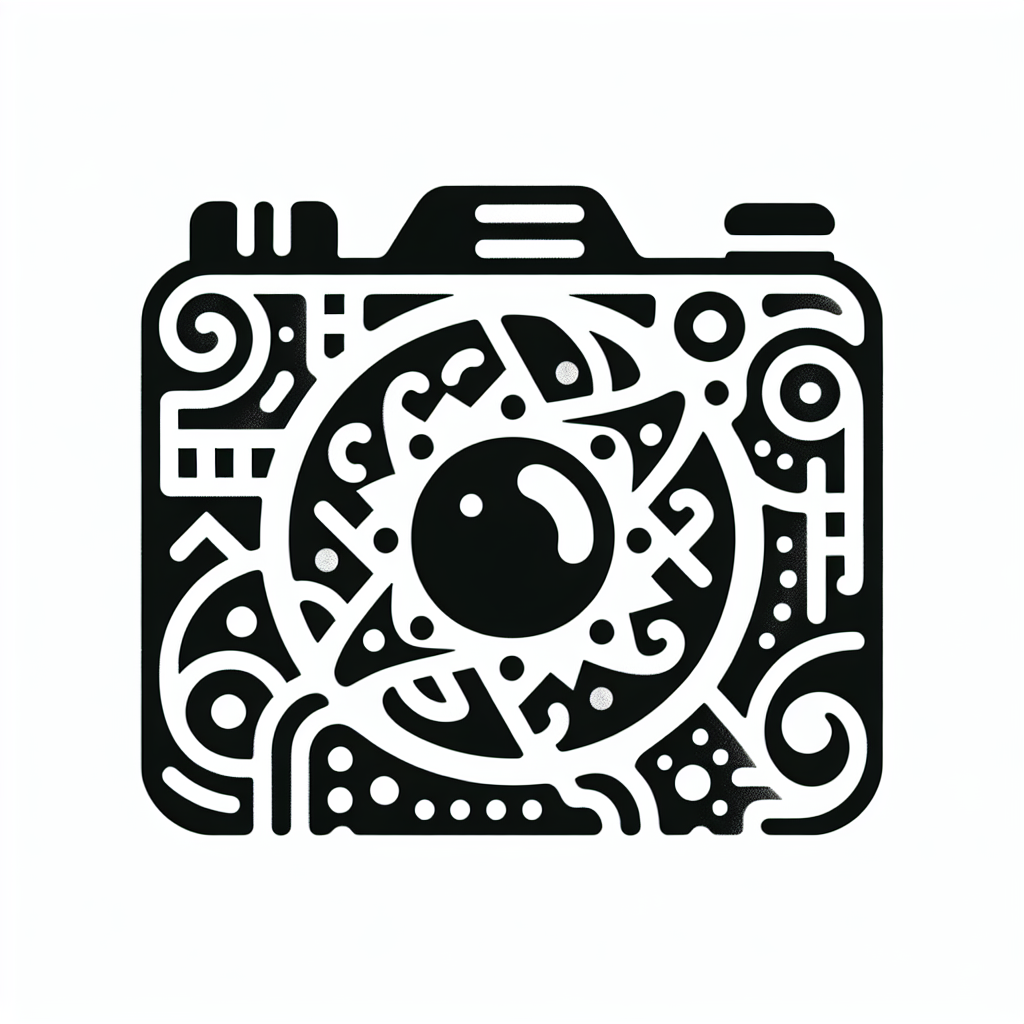I never make a subjective decision when sequencing photographs for a book, exhibition or published article. I always let the photographs speak to me and if I listen hard enough they give me the answer. The decisions I make are then objective rather than subjective and remove any concern I may have about the positioning of the images. Of course all final decisions have an element of subjectivity within them but the foundation of a pagination should always be led by the images and not the designer or photographer taking on the role of designer.
I first learnt this forty-two years ago when I begin laying out photographs at Elle magazine. I learnt the rules that have remained with me ever since. What makes a double page spread and how bindings impact on that choice, what makes a right and left-hand page. How to deal with scale when positioning images against each other. The impact that bleed has on an image. Seeing narratives that form when two images come together. Looking for compositional structures and elements that complement or distract from an opposing image. Defining a narrative across a series of images. I have focused on all of these aspects of photo sequencing over four decades and my photographic listening ear has become pretty well tuned.
But if you are new to the process how can you start to refine the skills I have just outlined?
Firstly, I would suggest that you write down the aspects for consideration that I have mentioned. Those are the guidelines that you will have to consider. Next, I would recomend that you get the images off your computer screen, and get them printed cheaply so that you can throw them on the floor without a concern for how you treat them. If that means findng a bigger floor space than your home then do that. See if you can use a garage, a local hall, whatever and wherever you can find to give you space to step back and look at your work. That sense of distance is going to be essential.
Now put the images into groups, with each group being defined by a constant within a selection of images. These could be defined as still-life, portraits, observational or images that look and feel similar. Then edit each group individually removing the least successful images in each group. Then bring together what you have left. That process may occur a few times. Dont think you have to get it finished in one stage.
Identify the two most succesful images and place these first and last in your sequence. These are the capital letter and full stop to your sentence. Then start to build your sentence seeing your images as words that need to make sense in the order in which they are placed. If the sequence is for a book consider partnerships. Look to see if images talk to each other, do they make sense and in coming together make the two become a stronger one.
You should also look for natural left and right-hand pages. To do this consider that the right-hand page is the most important as it is the one the western world turn to first. Look for negative space within an image that could be lost into the gutter (the centre of the book). Think about quiet images working with louder images.
These are the first steps and of course they will take time to understand and implement. Research will help you with this, looking at books you admire, reflecting and analising their success. You cannot look at enough photo books, both good and bad to learn the skill of image sequencing. However, when you do start to see what I am outlining here you too will find the whole process easy when the photographs tell you where they want to go.
Dr.Grant Scott
After fifteen years art directing photography books and magazines such as Elle and Tatler, Scott began to work as a photographer for a number of advertising and editorial clients in 2000. Alongside his photographic career Scott has art directed numerous advertising campaigns, worked as a creative director at Sotheby’s, art directed foto8magazine, founded his own photographic gallery, edited Professional Photographer magazine and launched his own title for photographers and filmmakers Hungry Eye. He founded the United Nations of Photography in 2012, and is now a Senior Lecturer and Subject Co-ordinator: Photography at Oxford Brookes University, Oxford, and a BBC Radio contributor. Scott is the author of Professional Photography: The New Global Landscape Explained (Routledge 2014), The Essential Student Guide to Professional Photography (Routledge 2015), New Ways of Seeing: The Democratic Language of Photography (Routledge 2019), and What Does Photography Mean To You? (Bluecoat Press 2020). His photography has been published in At Home With The Makers of Style (Thames & Hudson 2006) and Crash Happy: A Night at The Bangers (Cafe Royal Books 2012). His film Do Not Bend: The Photographic Life of Bill Jay was premiered in 2018.
Scott’s next book Inside Vogue House: One building, seven magazines, sixty years of stories, Orphans Publishing, is now on pre-sale.
© Grant Scott 2024


